Whether you’re entering a palatial villa, a bespoke penthouse, or a heritage-inspired residence – you’re experiencing a space defined not by what announces itself loudly, but by what subtly endures.
We have spent many years specifying expert joinery services for some of the most prestigious residences over the years, and have observed a singular truth throughout all our projects: it is the precise art and skill in joining two pieces of wood – the joinery – that makes a space transcend to a truly exceptional interior that echoes of genuine quality and lasting value.
What is Joinery and Why It Matters in Interior Design?
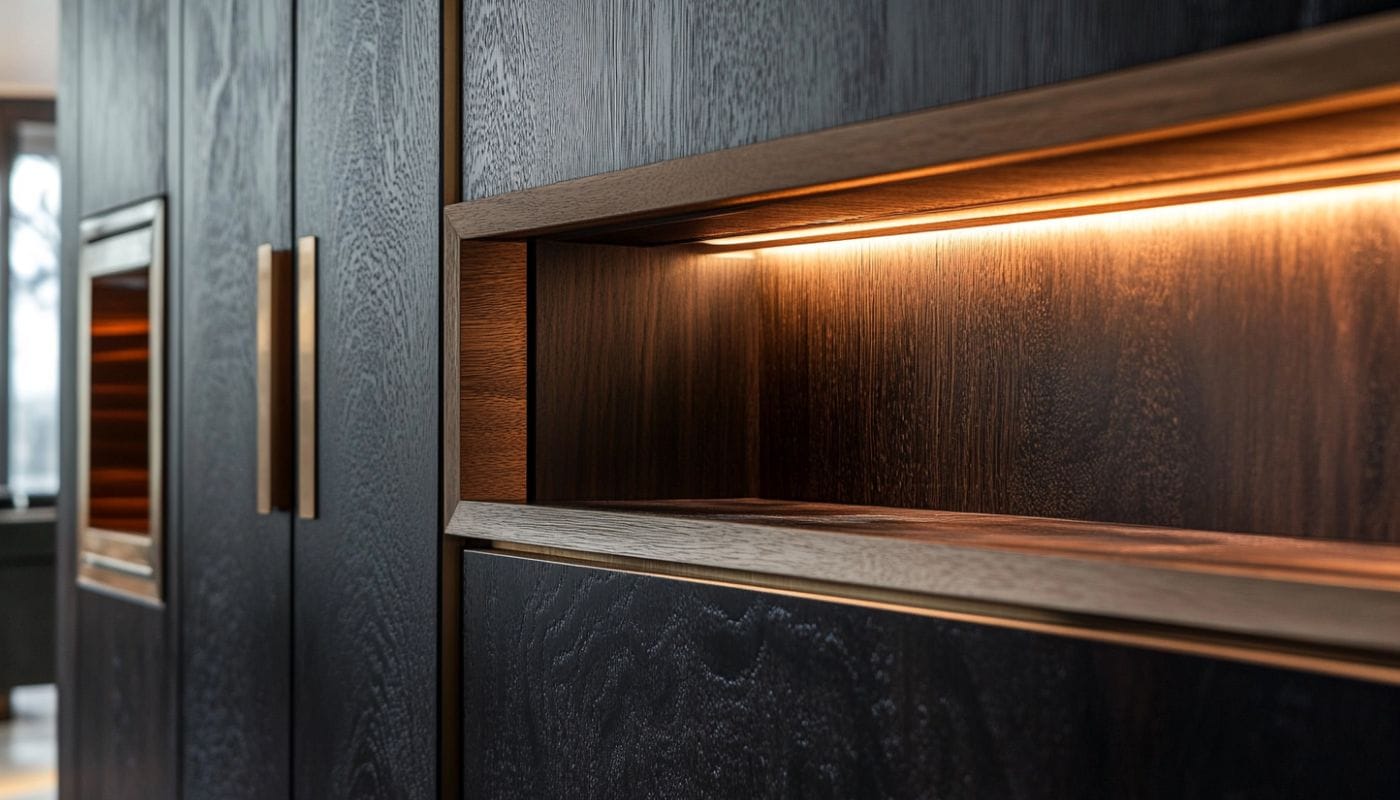
Let’s delve into joinery meaning in the context of interior design.
While carpentry services might construct your basic shelves or assemble any pre-made furniture, joinery works represent a completely different level of craftsmanship.
In its literal sense, joinery is the craft of connecting or molding two pieces of wood through precision-engineered joints rather than relying on nails, screws or any other metal or adhesive fasteners. It’s all about combining precise engineering with an artistic dedication to craft.
This seemingly simple distinction holds a lot of importance reflected in any refined interiors. When you run your hands across the fine woodworks in UAE’s most elaborate homes, you can quite literally feel the difference. What you experience there, is a lack of hardware which contributes to a smooth, seamless finish which only a master joiner can achieve.
The impact of well-executed joinery extends beyond mere looks, it contributes to an exceptional level of structural integrity that leads to longevity levels that are measured in not months, not years, but generations.
The joinery companies in Dubai, Abu Dhabi and most major cities in UAE, that are worth their reputation understand that in their hands lies the delicate task of defining an interior’s elegance and functionality.
The Role of Joinery in Bespoke Furniture
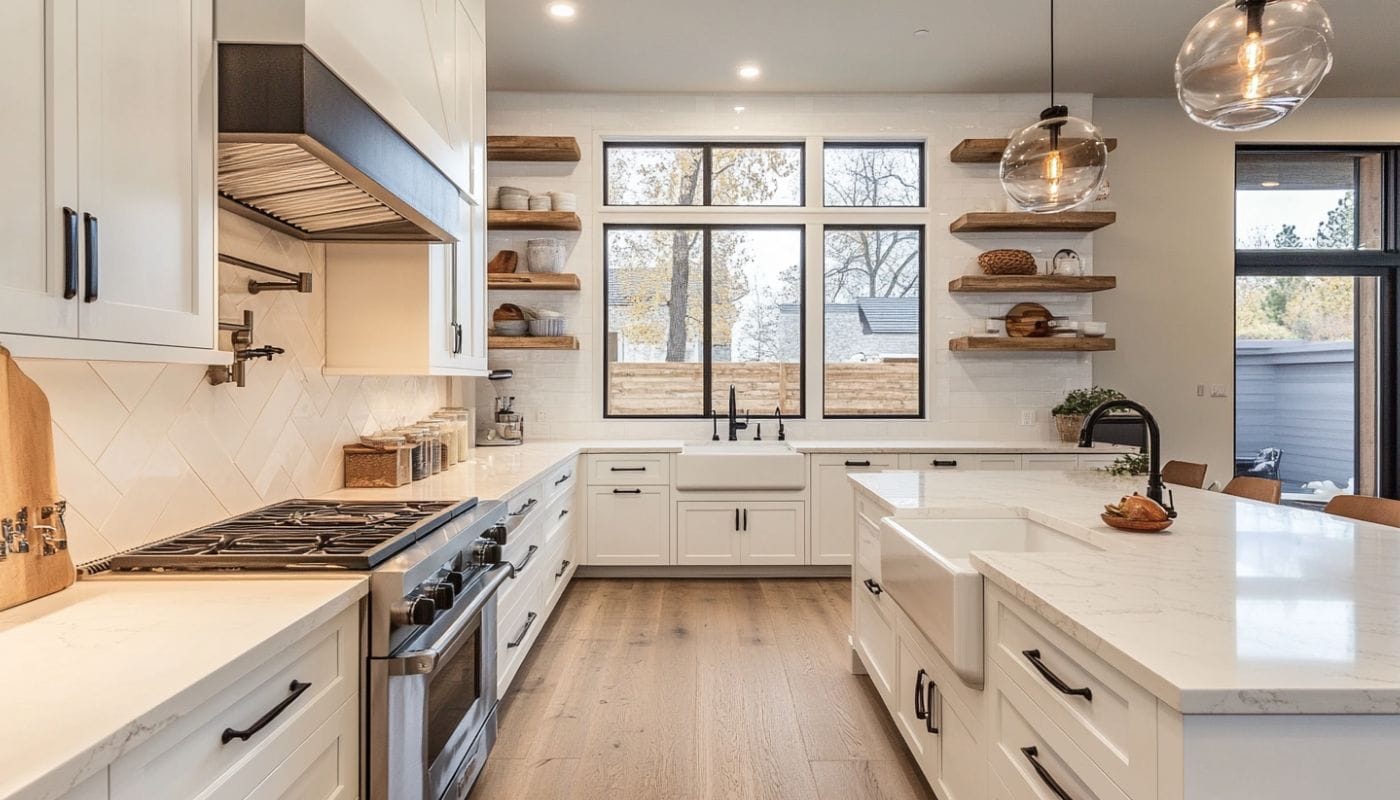
The relationship between bespoke furniture and high-quality joinery is quite co-dependant, one simply cannot exist without the other.
While most of the mass-produced furniture pieces rely on time-efficient production and assemblage, bespoke joinery manufacturers will always prioritise quality over quantity by choosing to go with construction processes that have been passed down over centuries.
Let’s take an example: consider a dining table from a mall retailer as compared to one custom-crafted by professional carpentry services in Dubai. The former may be hiding dowels and cam locks tucked behind plastic caps, whereas the latter will choose hand-cut mortise and tenon joints that celebrate the precisely executed connection joints instead of concealing them.
These attention to details in terms of furniture construction help it better adapt to climates like and environments as the one in UAE, the joints hold their own, remaining secure and serving as a strong foundation for the structure instead of loosening and falling apart due to unexpected heat exposures.
Excellent joinery is not just about the skill and craft – the selection of materials is also pivotal to performing the precise techniques. Certain hardwoods such as oak and walnut can withstand the forging of joinery due to their defined grain structure, whereas softer wood varieties might require an altered approach.
The materials selected dramatically impact the joinery techniques employed. Certain hardwoods like oak can withstand more intricate joinery due to their grain structure, while softer woods might require different approaches. The best bespoke joinery services in the Emirates excel precisely because they don’t apply one-size-fits-all solutions; they adapt their techniques to the specific materials and design requirements while accounting for the region’s climate challenges.
Types of Joinery Techniques and Their Applications
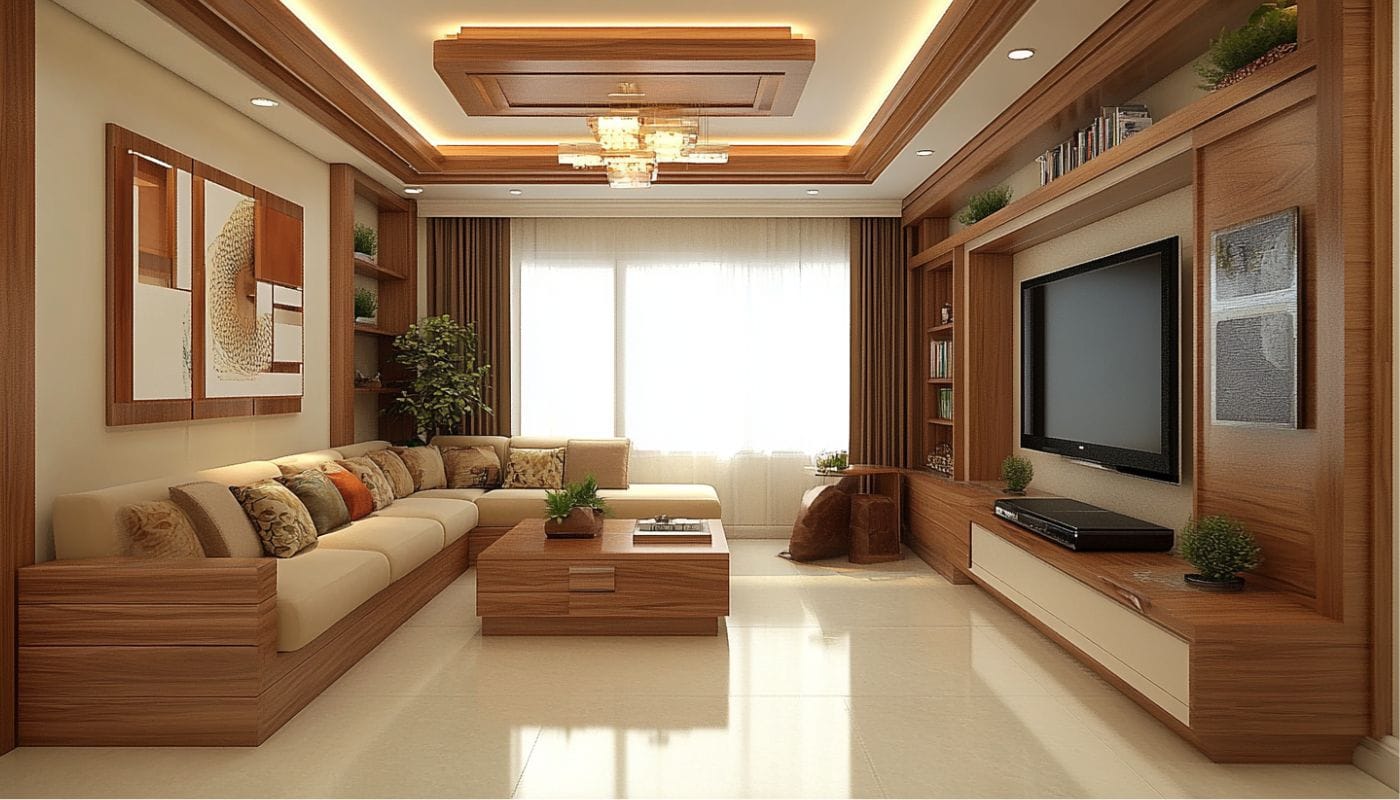
The technical jargon associated with joinery may confuse those who are not familiar with woodworking and what it entails. This technical language includes both traditional and modern techniques that a master joiner may mention while detailing their plans, so it always helps to know what’s on the table – and inside it.
Classic Joinery Methods That Signify Quality
- Dovetail Joints: An easily recognisable technique, dovetail joints are a joining technique that encompass a series of interlocking ‘tails’ and ‘pins’ that once executed, are virtually impossible to pull apart due to the precise hand-cut installation.
- Mortise and Tenon: A widely used joinery technique, this method includes a rectangular cavity cut into a piece of wood – this hole is called a mortise. The other piece of wood features a precisely cut rectangular piece embedded out called a tenon that will fit into the hole, much like a piece of puzzle. You can observe this technique used in any wooden construction where exceptional strength is important such as table construction and door frames.
- Finger Joints: Aptly named for their resemblance to interlocking finger joints, this method encompasses a series of projections and grooves that help distribute the stress of a joining piece across a broad area to improve structural integrity. This technique is often employed in bespoke shelving, cabinetry and wardrobe solutions.
- Mitre Joints: This method joins two pieces of wood by shaping their edges at a 45 degree angle that will come together to fit like a glove. This results in a highly seamless corner that smoothly conceals the end grain.
A master joiner will not only be well-trained to execute all these traditional methods of joining, but know which one will best suit the specific needs of the woodwork project.
Digital Design and Traditional Execution
We have observed that the top joinery companies in Dubai and other major cities choose to blend these traditional methods with modern ones:
- 3D Modeling and Digital Prototyping: Before beginning construction, joinery companies create clear 3D and 2D renders that can help clients visualize the designer’s plans.
- CNC Precision for Structural Elements: Computer-controlled cutting offers a level of mathematical precision that can’t be replicated by hands.
- Handcrafted Finishing and Assembly: Certain elements require the understanding of subtle variations and tactile differences that can only be achieved with hand-assembling.
- Augmented Craftsmanship Tools: Utilizing technology that enhances rather than replaces human skill, such as laser-guided measurement and alignment systems
Joinery in Interior Features: From Cabinets to Staircases

While joinery may sound strange to those unaware of the craft, it surely exists in many wooden elements of your interiors. Bespoke joinery and carpentry are an essential part of the team that works in developing a home’s architectural features.
Cabinetry and Built-ins
In studio residences, attics, or rooms where space optimization is paramount, the use of tailored cabinetry solutions can help optimize even the most awkwardly angled of nooks and corners into functional storage.
Off-the-shelf standard cabinetry often uses butt joints that are reinforced with screws, whereas bespoke joinery services will employ traditional dovetail or finger-jointed corners that remain intact for longer years.
Statement Architectural Features
The power of joinery is perhaps nowhere as impactful as it is in statement architectural pieces. A custom-made staircase for instance, that’s created through custom carpentry services will consist of dozens of intricately executed joins which contribute to a strong, load-bearing structure which is essential for a functioning staircase that won’t start creaking in months. There are several connecting points between risers, treads and stringers in a staircase that require a joiner’s expert precision, especially in floating stairs.
Integrating Materials
Although wood itself has a timeless, warm appeal, modern luxury interiors have a penchant for combining the aesthetics of various materials to achieve a truly refined effect. Metal, glass, stone – wood complements a plethora of materials, but combining them is a challenge only the finest joinery companies can conquer. Picture a wooden floating shelf emerging seamlessly from a double ceiling marble wall. Such merges of materials require a good command over the craft.
Choosing the Right Joiner for Luxury Projects
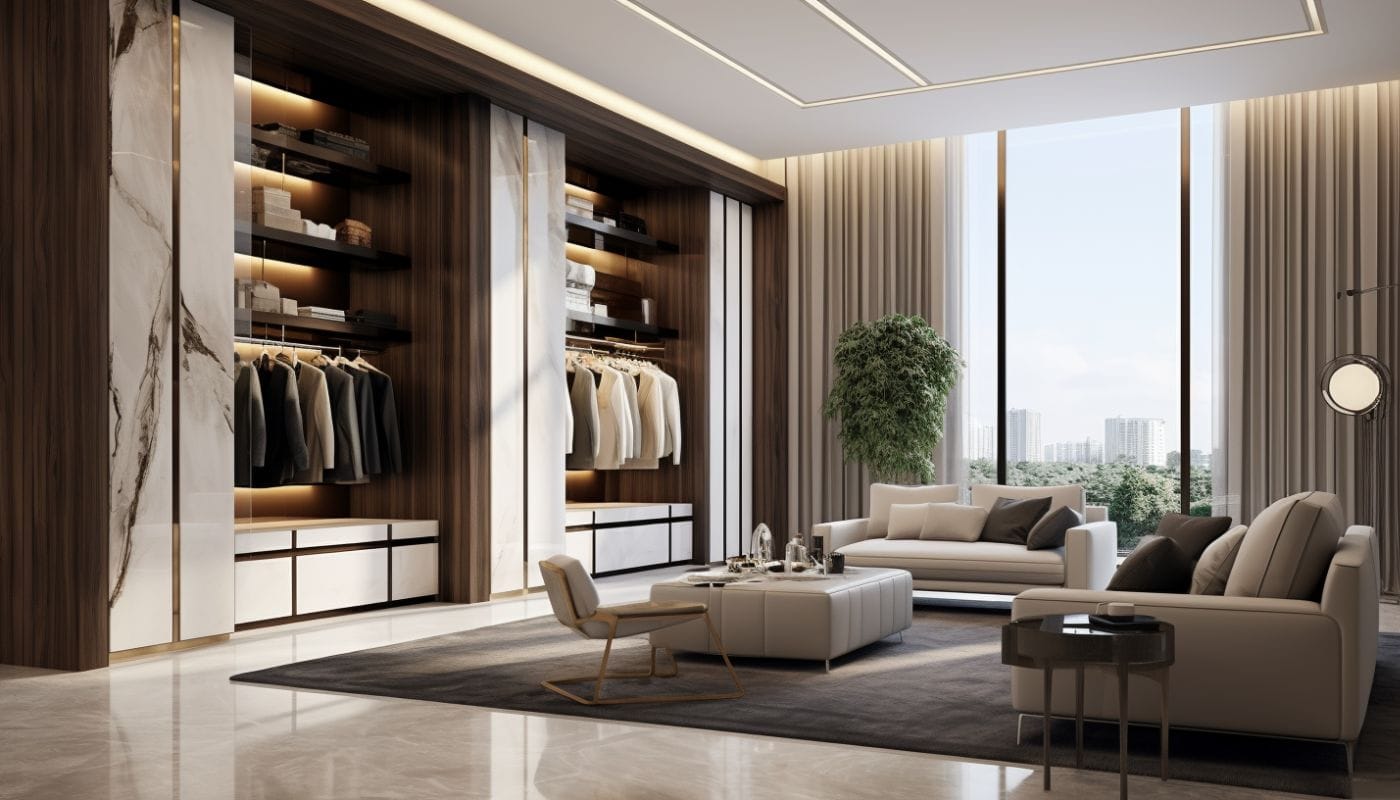
Choosing the right joinery service provider is undoubtedly one of the most consequential decisions to be made for a luxury interior project. While most other features and elements in design can be altered and improved later, joinery is a part of the very base and structure work that is meant to provide permanent solutions.
Identifying Exceptional Talent
There are many ways to identify fine joinery services:
- Technical Versatility: They demonstrate mastery across multiple joinery techniques instead of relying on a limited repertoire.
- Material Knowledge: They understand the core properties of wood – its movement, grain direction, and species characteristics at a profound level.
- Problem-Solving Approach: Rather than go into why something can’t be done, they come up with innovative solutions to bring your ideas to life.
- Portfolio Depth: Their previous projects will showcase technical complexity and longevity—not just attractive photographs of recent completions.
- Workshop Infrastructure: Their facilities include properly seasoned wood storage, climate control, and precision machinery for consistent quality.
At FCI UAE, we have been providing unmatched luxury joinery services for decades, and make it a mission to encompass all the above-mentioned qualities in our service. You can book an appointment with our team to observe further signifiers of quality joinery such as how materials are stored, organised, and even view some works in-progress.
Keeping an eye out for these qualities will reveal much more than any sales pitch or carefully compiled portfolio.
Effective Communication with Your Joiner
The difference between achieving standard and exceptional results often comes down to the client-joiner communication levels. When engaging professional carpentry services, try to give:
- Detailed Context: Explain not just what you want but how it will be used.
- Material Expectations: Discuss specific wood species, grain patterns, and finishing requirements.
Realistic Timelines: Establish realistic expectations regarding both fabrication and installation timeframes.
Joinery Trends in Luxury Interiors: What’s Hot Right Now?
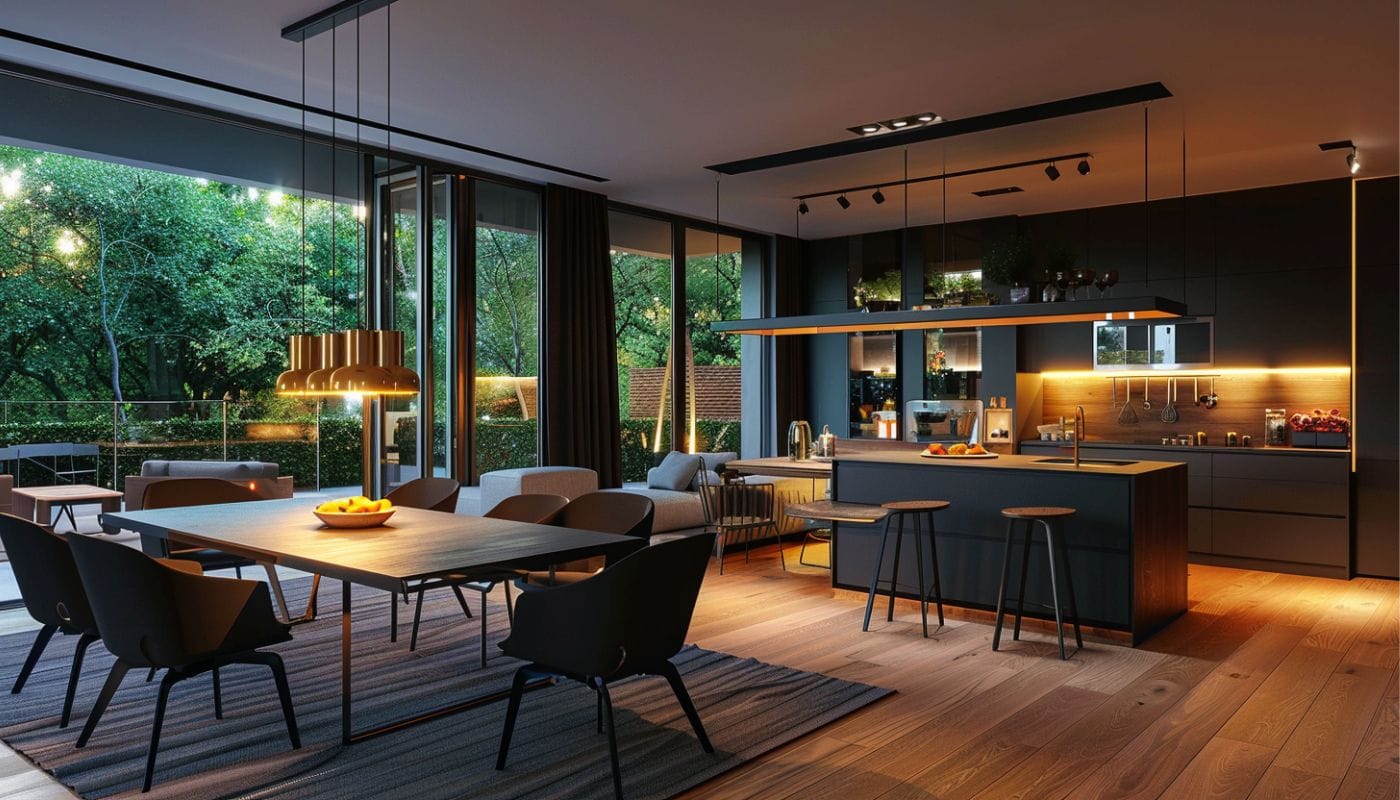
While fine joinery goes beyond trends, there are many noteworthy elements influencing contemporary interiors.
Minimalist Precision
The preference for clean, minimalist lines has taken UAE interiors by storm, which puts joinery in the spotlight. Without excessive elements to distract the eye, every joint must be perfectly executed.
Sustainable Materials
Discerning clients increasingly demand excellence not just in quality but in ethical sourcing. This has inspired many bespoke joinery manufacturers to explore more sustainable wood alternatives like ash and oak to achieve aesthetics previously only possible with tropical hardwoods.
Technological Integration
One of the most relevant trends for modern joinery has been the integration of technology with custom carpentry services, which includes:
- Hidden wireless charging stations
- Integrated automation components
- Climate-controlled wardrobes and storage
The Art of Bespoke: Beyond Standard Joinery Techniques
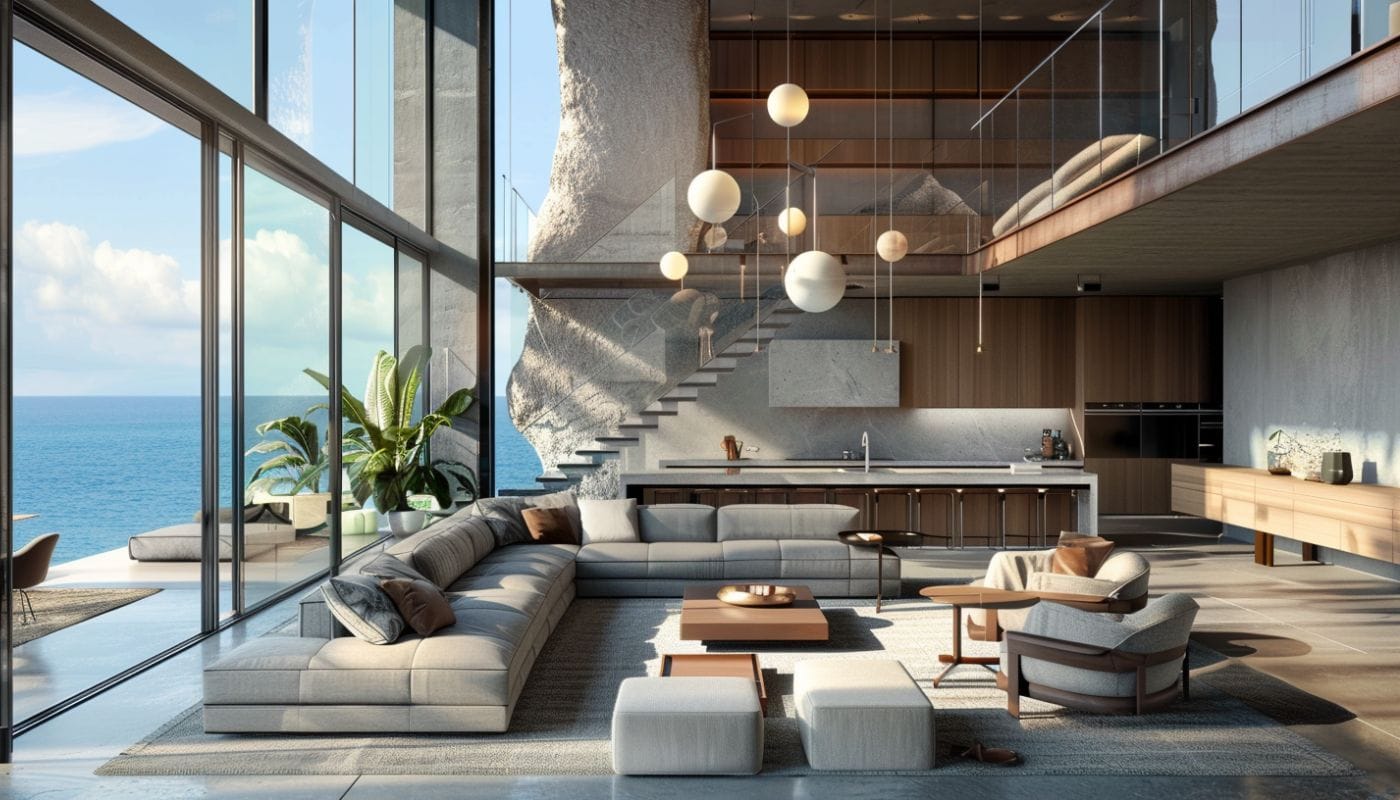
The finest joinery companies initiate the process for excellent joinery with an in-depth discussion with clients, diving deeper than surface preferences. This includes:
- Spatial Analysis: Understanding how the intended piece will interact with its surrounding architecture and light conditions.
- Lifestyle Mapping: Documenting how the client intends on using the space on a day-to-day basis.
- Material Selection: Presenting a range of options specified to the client preferences, lifestyle choices and climatic conditions.
- Technical Problem-Solving: Solving functional challenges with innovative joinery solutions
Summing Up: The Investment Value of Fine Joinery
Refined joinery works go far beyond being merely aesthetic choice, it’s an investment that will directly impact your property’s value. Unlike other interior elements that are limited to surface level decoration, architectural joinery becomes a part of your home’s core structure and character.
Understanding the value of joinery in your interiors will help you make the right decisions, creating a space that will stand the test of time in terms of both form, and function.
Frequently Asked Questions
At its core, joinery is the craft of joining two pieces of wood together using a special range of techniques and joints. Joinery helps avoid adhesive and metallic tools, instead focusing on an intricate style that helps wood fuse together for higher durability.
Joinery encompasses the completion of large wooden components such as cabinets, doors, etc which can only be completed using large workstations at a workshop. Carpenters handle the next stage by assembling and installing these works on-site.
The classic mortise and tenon joint has been around for over a millennia for its incredible strength and durability. This method lets your woodworks stand strong through years of high usage without compromising on structural integrity.
No house that uses woodwork can last without the presence of joinery. Elements that require durability without the use of nails and screws feature joinery techniques.
Luxury furnishings, wooden staircases, fitted cabinets, architectural elements – joinery techniques can be applied in any wooden creations, adding not only an exceptional strength and longevity, but also enhancing its luxury and value.


